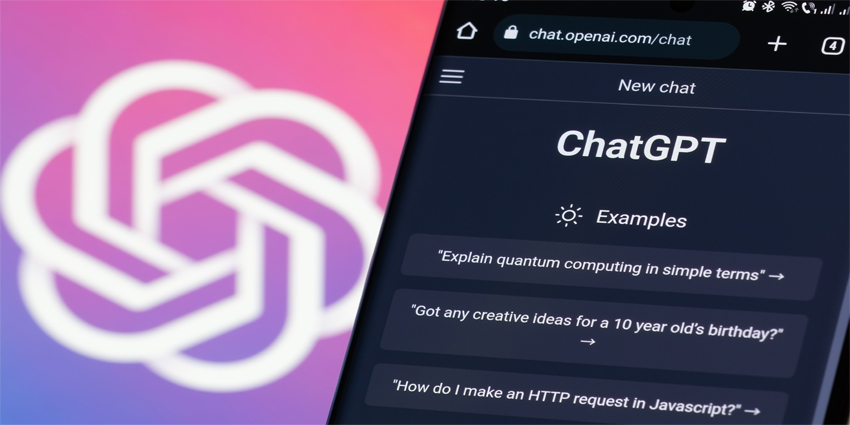CRM giant Salesforce is facing criticism from its own customers and community members after it quietly removed the search bar from its online help pages.
The previous search function has been replaced with the AI-powered Agentforce assistant.
The move has sparked a backlash with users calling for the return of the classic search functionality.
Previously, users on the Salesforce Help site could use the search bar to type keywords, filter by topic, and drill down to quickly find documentation, knowledge articles or troubleshooting resources.
That option is now gone. The only way to access information is to interact with the conversational AI assistant that must understand the user’s question, interpret it and generate an answer on the fly.
Complaints quickly sprang up online in response to the change, with users reporting that Agentforce, while promising in theory, is often slower to deliver what index-based search used to serve up instantly. It may misunderstand queries, hallucinate incorrect answers, or require more back-and-forth conversation to narrow down results.
Users on Reddit noted that Salesforce “killed simple access to the case creation form” recently and see this as the next step in its agentic AI push.
“It’s called Agentforce because they force you to use it,” a Redditor snarked.
The change comes as Salesforce continues to promote Agentforce across its product suite, touting it as the future of intelligent, AI-driven support.
But many users argue that the technology is not yet reliable or fast enough to replace a standard search interface.
Tom Bassett, a Senior Salesforce Solution Architect, launched a vote on the Salesforce IdeaExchange to encourage the company to reinstate the traditional search function. Bassett wrote:
Search has been replaced with Agentforce which can produce unreliable results and takes longer to find the information you need. Turning Search back on would enable a UI that can be used to find trusted results and would give the power back to users as to whether they want to search using text or a conversation.
Sarah Orens, Salesforce Architect at Foundation Software responded:
My experience with Agentforce has been less than stellar — conversations often take longer than necessary, and I rarely get the specific information I’m looking for on the first try.
“This is especially frustrating because Salesforce’s own Service Journey messaging emphasizes that customers prefer to self-serve when possible,” Orens added.
Removing the core self-service search capability appears to directly contradict that vision.
Tension Between AI Strategy and Customer Experience
The decision to remove traditional search aligns with Salesforce’s broader AI strategy, which has become central to its product roadmap and investor messaging.
More than a chatbot, Agentforce is a brand-wide AI initiative that powers automated agents across Service Cloud, Sales Cloud, and other core offerings.
Recent product launches, including Agentforce Builder and Agentic IT Service, underscore the company’s pivot toward AI.
But critics argue that mandating Agentforce in the help environment appears to prioritize AI adoption metrics over user experience. Some believe the decision was designed to inflate usage stats for Agentforce to impress shareholders, rather than address real customer needs.
“I’m not sure who is in charge of this enablement (or lack there of), but people are feeling really unheard by these unpopular decisions that at times make us less efficient. Let people choose to use an agent, don’t force it to boost interaction numbers,” Mary Tagler, Senior Manager, Applications – Salesforce at Relativity, wrote on IdeaExchange.
Saleforce has been keen to tout adoption numbers to support the hype around its Agentoforce rollout.
By making Agentforce mandatory (or effectively mandatory), the company drives usage metrics such as interactions, agent calls, or AI queries made, which become headline numbers in earnings calls and investor decks.
During the company’s Q1 2026 earnings call, CEO Marc Benioff boasted that it had secured over 8,000 deals for Agentforce. That sounds impressive, but Salesforce has over 150,000 customers, so that number represents only a fraction of its user base.
The marketing push behind Agentforce has been impossible to ignore. But the excitement it has stirred up may have set expectations too high, with the actual experience of using the platform falling short of the glossy pitch.
Salesforce has already cut thousands of support roles and claims that its AI agents can handle an increasing share of workload, from managing customer queries to backend automation.
But what’s often left out of the pitch is that AI agents don’t work perfectly out of the box. They need proper training, tuning, and integration with clean, structured data to work as intended.
Many customers, especially those unfamiliar with the behind-the-scenes work required, may be expecting instant results, only to find the AI struggles with accuracy, context, or complexity without that upfront investment. It’s a powerful tool, but not a plug-and-play solution.
For now, Agentforce is the only way to navigate Salesforce’s support resources. That is raising questions about AI readiness, forced adoption and the balance between innovation and customer experience.







